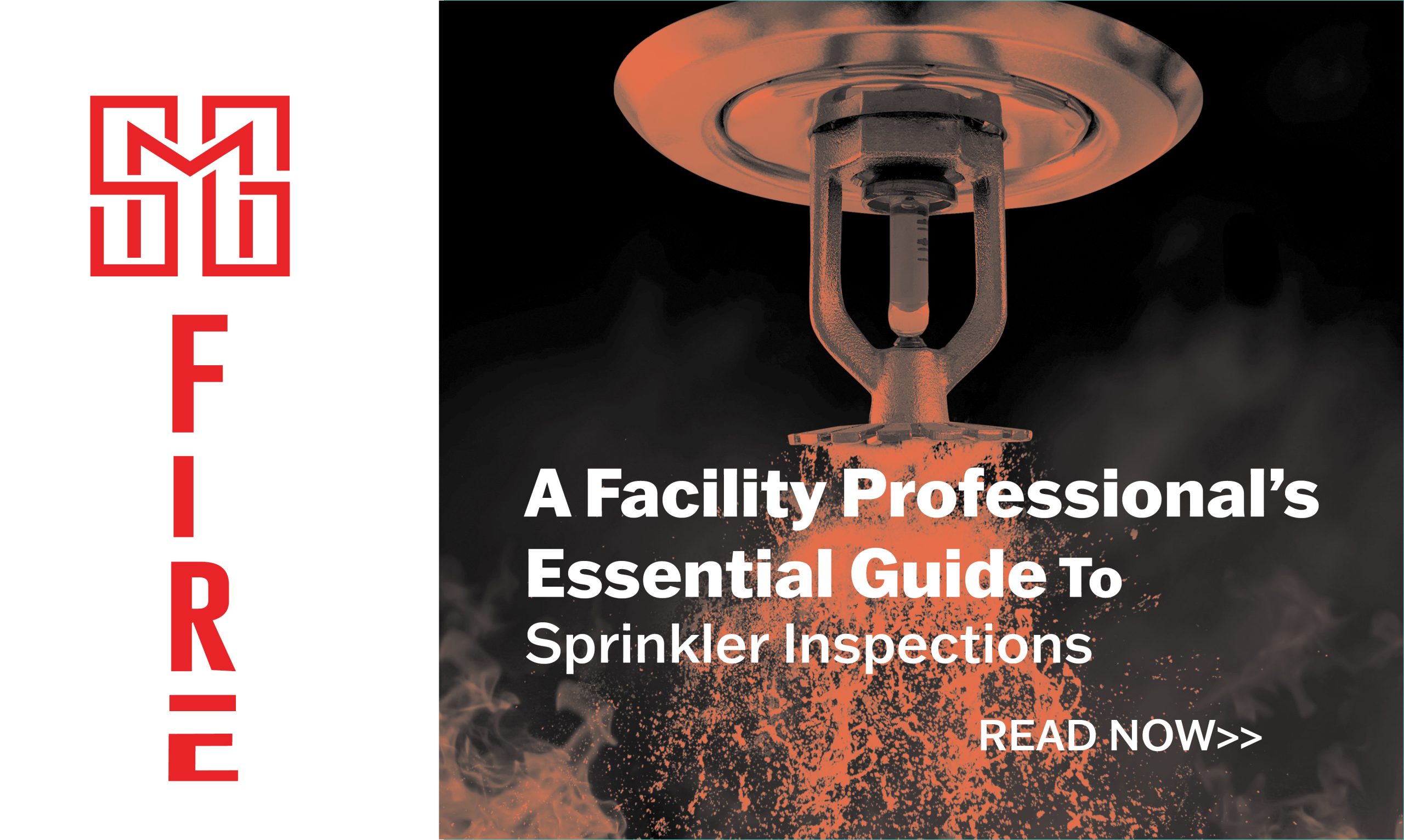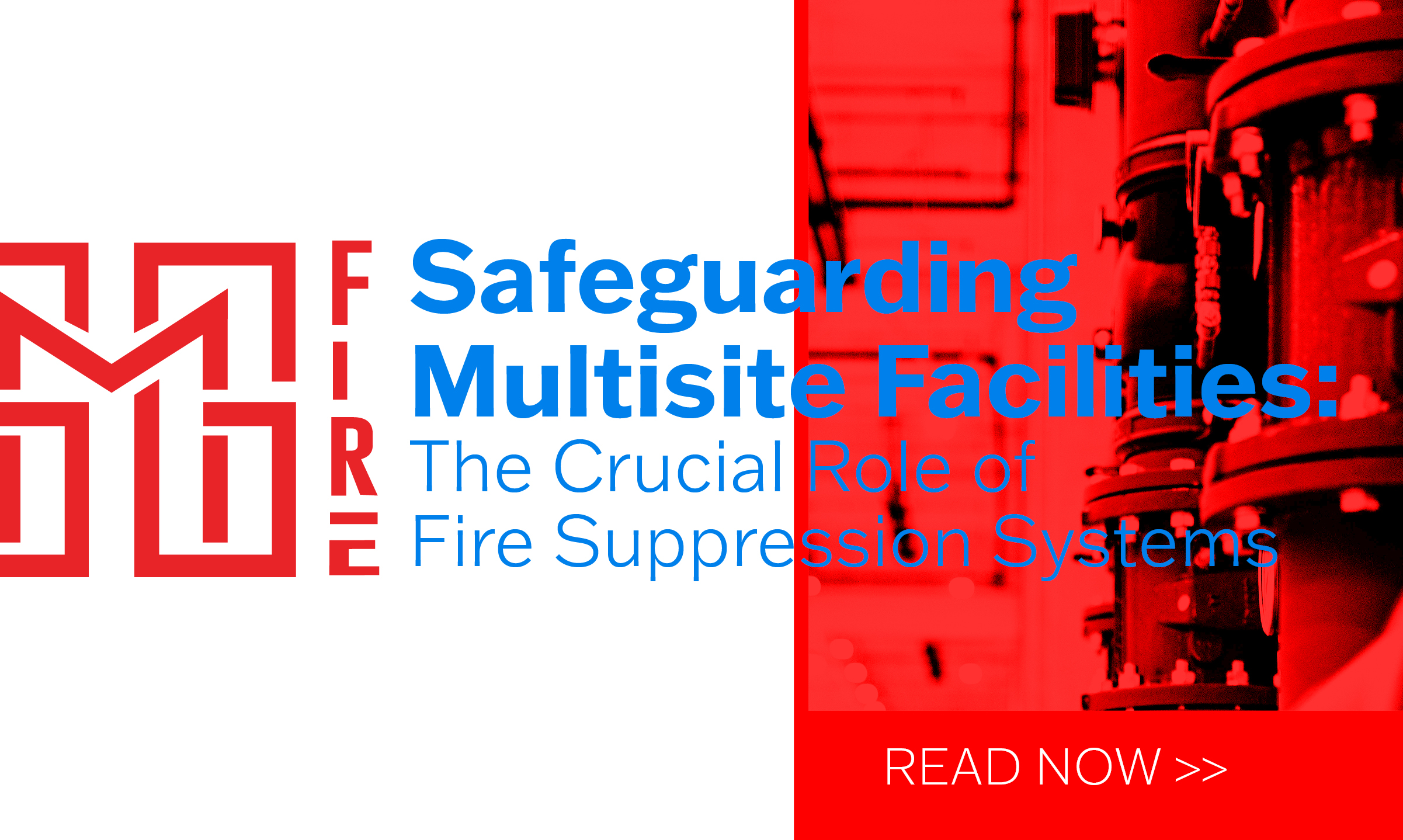In the dynamic world of retail, the safety of building guests and team members is paramount. As retail facility professionals oversee large, distributed portfolios, the need for a comprehensive Emergency Evacuation Planning program becomes increasingly critical. This blog explores the importance of developing and implementing effective emergency evacuation plans, emphasizing the role of knowledgeable facility professionals and established partners, such as SMG Fire, in ensuring a safe and efficient response to emergencies.
The Significance of Emergency Evacuation Plans:
- Protecting Lives & Assets:
- The safety of everyone within a retail facility is the top priority. In the event of emergencies like fires, natural disasters, or other unforeseen incidents, a well-designed evacuation plan can mean the difference between life and death.
- Legal Compliance:
- Retail facilities are subject to various safety regulations. Compliance with these regulations is not just a legal obligation but also a moral responsibility. A robust evacuation plan ensures adherence to safety standards, avoiding potential legal repercussions.
- Minimizing Chaos & Panic:
- Emergencies can induce panic and chaos. An evacuation plan serves as a structured guide, minimizing confusion and providing a clear pathway for everyone to follow. This is crucial for a swift and orderly evacuation.
Elements of an Effective Emergency Evacuation Plan:
- Evacuation Routes:
- Facility professionals must be well-versed in the layout of the building and establish primary and alternative evacuation routes. These routes should consider accessibility, avoiding potential bottlenecks, and ensuring a smooth flow of people toward safety.
- Assembly Points:
- Designated assembly points are vital for accountability and communication during an evacuation. Knowing where to regroup ensures that all individuals are safely evacuated and accounted for.
- Emergency Lighting:
- Adequate emergency lighting is essential, especially in scenarios where regular lighting systems fail. Facility professionals must ensure that emergency exit signs are visible, and the emergency lighting system is regularly maintained.
- Communication Systems:
- Effective communication is key during emergencies. Facility professionals should implement reliable communication systems to convey evacuation instructions, updates, and other critical information to building occupants.
The Role of SMG Fire in Enhancing Emergency Evacuation Efforts:
- Expert Consultation:
- Collaborating with partners like SMG Fire provides access to expert consultation. Their knowledge in fire safety and evacuation procedures can help facility professionals tailor plans to the specific needs of their retail spaces.
- Advanced Technology:
- SMG Fire, and similar partners, often leverage internal and external resources with advanced technologies to enhance safety measures. From intelligent fire detection systems to state-of-the-art communication tools, these solutions contribute to a more robust emergency response.
- Training & Education:
- SMG Fire can assist in training facility teams on the proper use of emergency equipment and evacuation procedures. Well-prepared teams are more likely to execute evacuation plans effectively.
Establishing an Emergency Evacuation Planning program is not just a box to be ticked; it is a proactive measure that underscores the commitment of retail facility professionals to the safety and well-being of everyone within their spaces. By developing and implementing effective evacuation plans, and partnering with experts like SMG Fire, these professionals can ensure that their facilities are resilient in the face of emergencies, providing a secure environment for guests and team members alike. To find out more about SMG Fire, check us out at www.SMGFire.com






